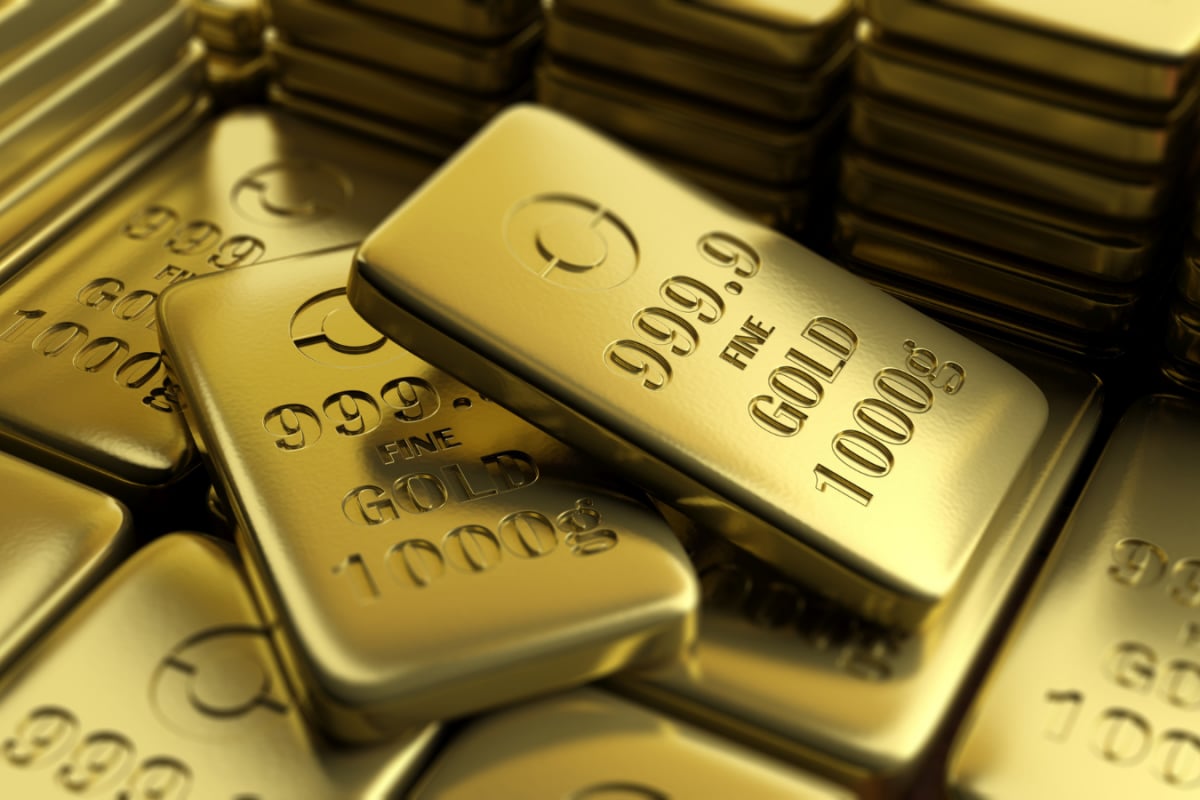Gold prices in India are constantly influenced by a complex interplay of global and local factors. As of today, June 1, 2025, these are the latest rates for the yellow metal in major Indian cities.
Current Gold Rates in Major Cities
It's important to note that these rates are indicative and exclude GST, TCS, and other levies. Contacting a local jeweler is recommended for the most accurate and up-to-date pricing.
- Delhi: The price of 24-carat gold in Delhi is ₹9,746 per gram, while 22-carat gold is priced at ₹8,935 per gram. Gold bullion rates in New Delhi are ₹95,600/10 gm.
- Mumbai: In Mumbai, the gold rate is influenced by factors like octroi charges, state taxes, and transportation costs. Gold bullion rates in Mumbai are ₹95,760/10 gm.
- Chennai: Gold price in Chennai today is ₹8,920 per gram for 22 karat gold and ₹9,366 per gram for 24 karat gold. Gold bullion rates in Chennai are ₹96,040/10 gm.
Factors Influencing Gold Prices in India
Several factors contribute to the fluctuating gold rates in India:
- Global Economic Conditions: The overall health of the global economy plays a significant role. Economic uncertainties and geopolitical tensions often drive investors towards gold, considered a safe-haven asset, thereby increasing demand and prices.
- USD Fluctuations: The strength of the US dollar has an inverse relationship with gold prices. A stronger dollar typically leads to lower gold rates worldwide, while a weaker dollar can push gold prices up.
- Indian Rupee Performance: Domestically, the value of the Indian Rupee against the US dollar is crucial. A stronger Rupee usually results in lower gold prices in India, while a weaker Rupee can lead to higher prices.
- Inflation: Gold is often seen as a hedge against inflation. When inflation rises, the value of currency decreases, making gold a more attractive investment and driving up its price.
- Demand and Supply: Basic economic principles of supply and demand also apply to gold. Scarcity of gold leads to higher prices, while an increase in supply can cause prices to fall. Demand for gold in Chennai has been on the rise, with most of the demand coming for jewellery and less in gold biscuits and gold coins.
- Government Policies: Government policies, such as changes in import duties and taxes, can directly impact gold rates in India.
- Seasonal Demand: Cultural demand during festivals and wedding seasons significantly influences gold prices in India, with increased demand during these periods.
Gold as an Investment
Investing in gold offers several benefits:
- Hedge Against Inflation: Gold is a reliable hedge against inflation, preserving wealth during times of economic uncertainty.
- Safe-Haven Asset: During economic downturns or geopolitical instability, gold tends to maintain or increase its value, making it a safe investment option.
- Portfolio Diversification: Gold can diversify an investment portfolio, reducing overall risk.
- Liquidity: Gold is easily bought and sold in the market, offering high liquidity.
Recent Trends in the Indian Gold Market
Gold prices in India have shown a volatile yet upward trend in recent years. The COVID-19 pandemic significantly impacted the gold market, driving prices to unprecedented heights in 2020. In recent years, gold prices have risen steadily, reflecting global trends. The COVID-19 pandemic and ongoing geopolitical tensions have increased gold demand for security assets.
Alternatives to Physical Gold
For investors looking for alternatives to physical gold, options include:
- Sovereign Gold Bonds (SGBs): These are government-backed bonds that provide a fixed interest rate and are linked to the price of gold.
- Gold ETFs: Gold Exchange Traded Funds (ETFs) track the price of domestic gold and are traded on stock exchanges.
- Gold Mutual Funds: These funds invest primarily in gold ETFs and other related assets.
RBI's Gold Reserves
The Reserve Bank of India (RBI) also plays a role in the gold market. The RBI's gold reserves remain at a historic high of 879.6 tons as of end April. In value terms, gold now makes up 12% (US$81.8 billion) of India's total forex reserves, marking a 4% increase from a year ago and the highest share on record.
Disclaimer: This article is for informational purposes only and should not be considered financial advice. Please consult with a qualified financial advisor before making any investment decisions.

